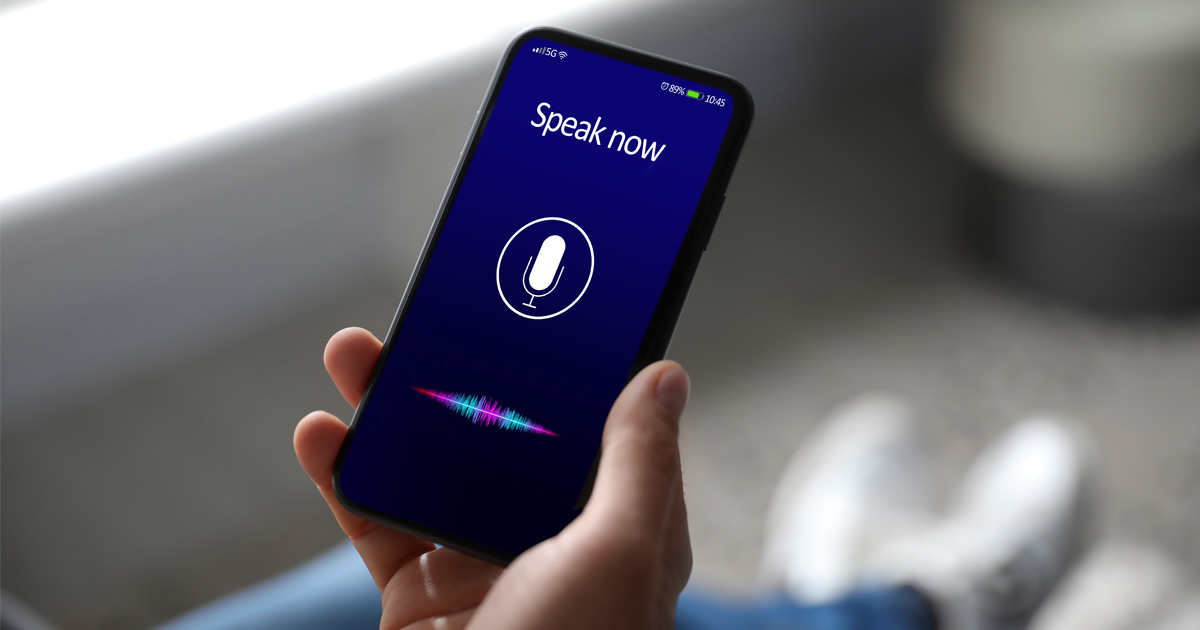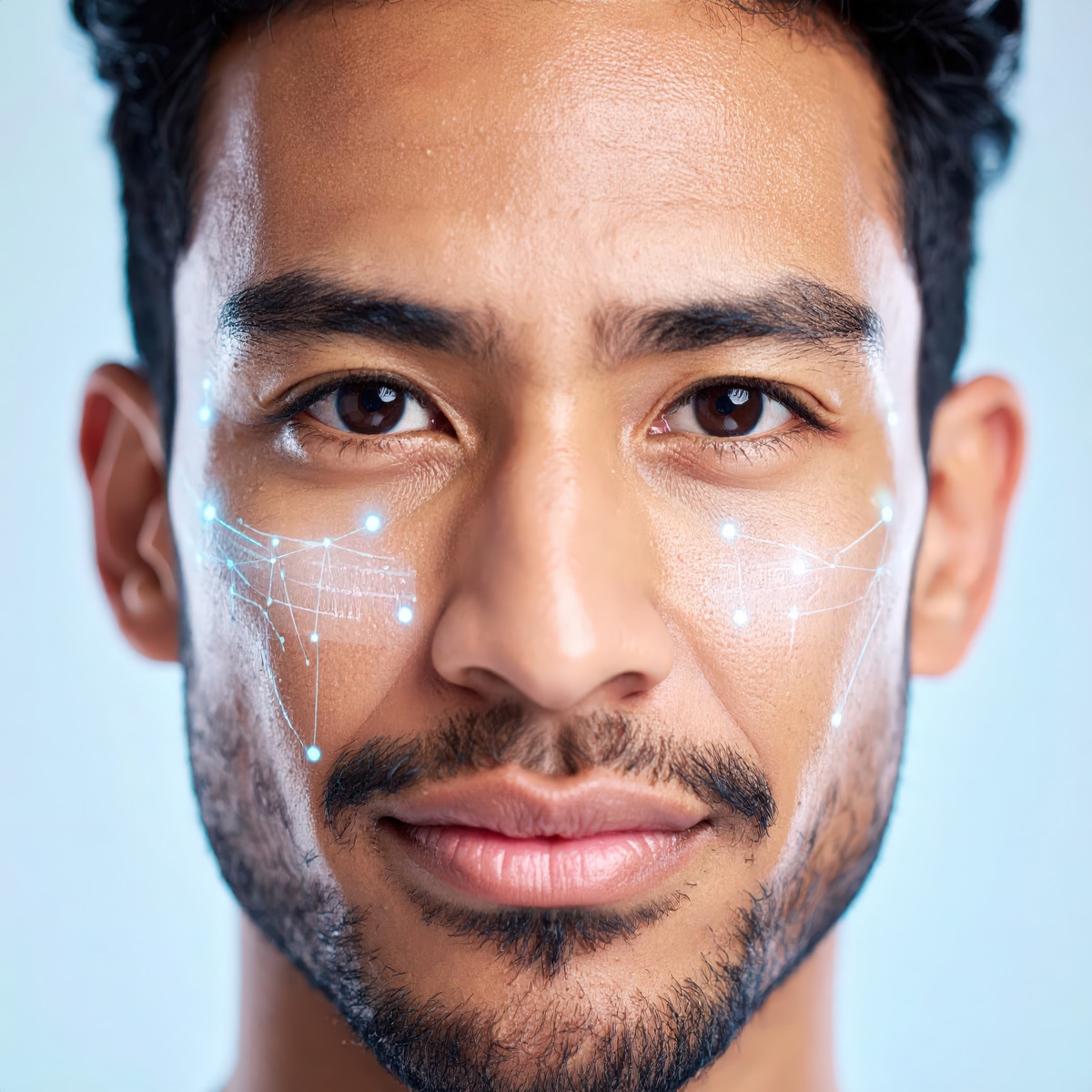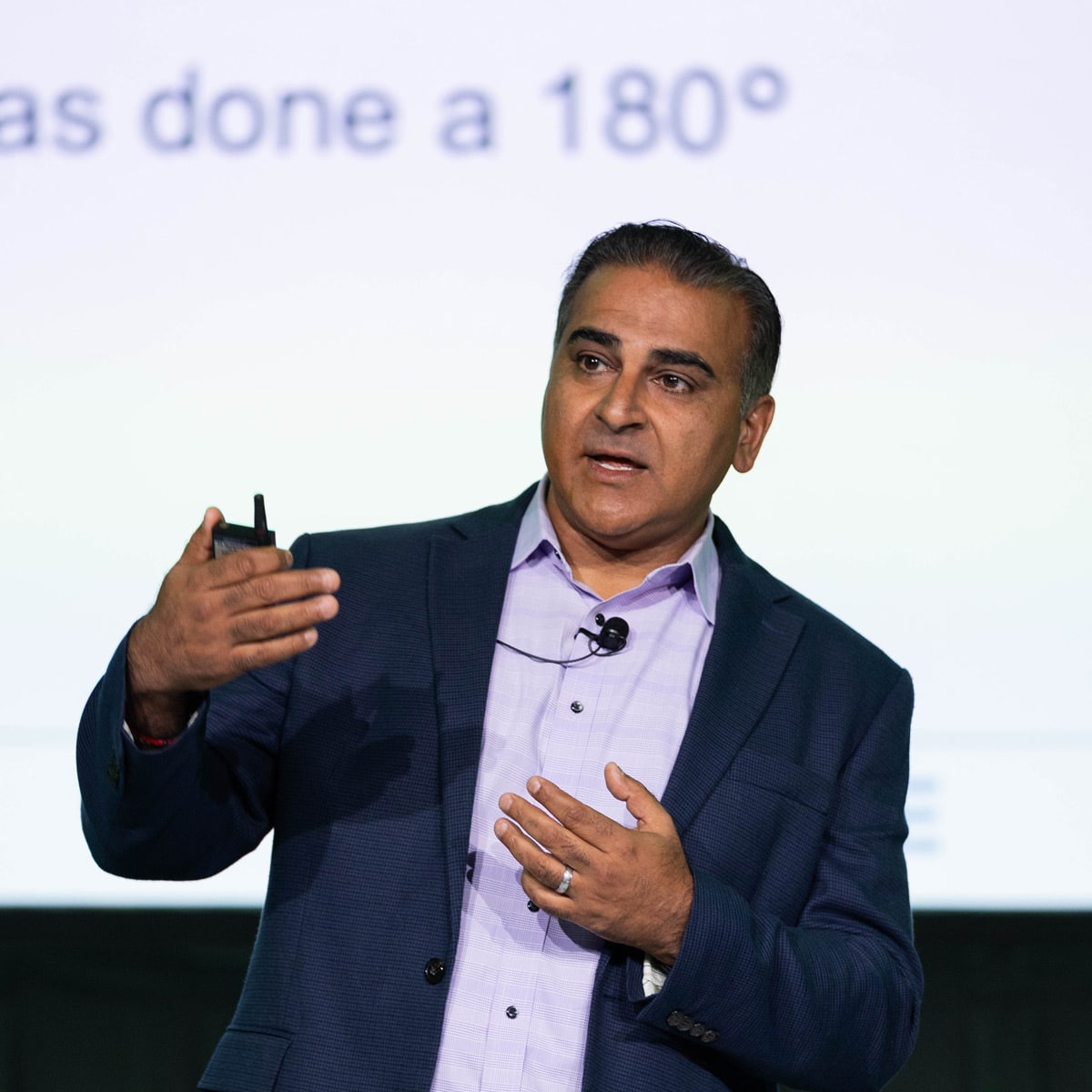What makes a person unique? Is it our genetics, physical characteristics, personality, or attitude? Is it our unique perspectives or the experiences that only we have had? It’s all of those things. Many know that, as far as our physical traits go, our fingerprints are uniquely our own. Less thought about, but just as unique are our ears, tongues, and irises. But did you know that your voice is also unlike anyone else’s?
Your airways, soft-tissue cavities, and the shape and movement of your mouth and jaw influence speech patterns. Those speech patterns can then be modeled into a unique “voiceprint.” Just like your fingerprint or iris, that voiceprint is uniquely yours.
What is Voice Biometrics?
Voice biometrics is the science of using an individual’s voice to authenticate them. This biological characteristic, along with fingerprint, facial, and palm characteristics, is increasingly being used to provide access to virtual and physical spaces. Authenticating, or verifying a user’s identity, can be handled in various ways. Authentication apps and token-based authentication are common. Perhaps the most common authentication method, password-based authentication, is notoriously insecure. After all, passwords can be stolen, leaked, or hacked.
Multi-factor authentication (MFA) creates a layered defense that makes it much more difficult for unauthorized people to access a system they should not. Multi-factor authentication can be based on something you know, something you have, or something you are. “Something you are” is where your unique voiceprint comes in.
If authentication relies on something you know (like a password) or something you have (like an authenticator app on your mobile phone), it is inherently less secure. Passwords and phones can be stolen, but your voice (iris or fingerprint) is uniquely yours and can’t be easily stolen or replicated.
What is Voice Biometric Authentication?
If voices are unique, how exactly are they used to increase security? That’s where voice biometric authentication comes into play. Voice biometric authentication confirms that a person is who they claim to be by matching voice samples against an original voice template.
How Does Voice Biometrics Work?
A voice recognition system first enrolls a known person by capturing their voice and sending that sample to a biometric engine. The biometric engine then creates a template from the sample. Finally, this engine identifies the distinguishing characteristics of a person’s speech and comes up with a “voiceprint” unique to that individual.
Is Voice Biometrics Secure?
You may be wondering – what if a cybercriminal steals the voice template? Will they then have access to my voice and identity? The voice template isn’t a recording of a person’s voice; it is a proprietary representation of a person’s voice. The voice authentication system uses this representation to match a person’s “live” voice during the authentication process. The original voice recording isn’t stored by the authentication platform and isn’t at risk of being stolen. Even if a bad actor were to steal the voice template, they could not read or use this template without the authentication provider’s proprietary decoding process. Said another way, voice biometrics is extremely secure.
What is the Difference Between Voice Recognition and Voice Authentication?
We often hear the term “voice recognition” used in our lives, usually in relation to our smartphones. Voice recognition and voice authentication are not the same, however. Voice recognition identifies a person’s words, while voice authentication identifies the person saying those words. We are most familiar with voice recognition through digital assistants, like Apple’s Siri or Amazon’s Alexa. Also in this arena but still a different technology is Automatic Speech Recognition (ASR) or Speech to Text (STT), where a recognition engine transcribes spoken audio to text. Speech recognition made its way to consumers in the early 1990s when specialized desktop computer applications appeared, making it possible for spoken words to be transcribed and reducing the need for typing.
Types of Voice Authentication
Voice authentication can be either text-dependent or text-independent. Text-dependent voice authentication is where a person speaks a specific phrase to confirm their identity. Text-independent voice authentication is where a person can say anything and have authentication happen in the background during an interaction.
Voice Biometrics in Banking and Voice Biometrics Use Cases
Voice authentication is easy and accurate for consumers to use. Due to its ability to help make authentication fast and simple, organizations with high-volume ID verifications, like banks and financial institutions, often lean on voice biometrics to help ensure that individuals calling in for assistance are who they say they are. From the consumer’s perspective, there’s a significant benefit in no longer remembering passwords and automating the interaction with the bank.
Voice authentication is used across a range of scenarios. Biometrics solutions offer businesses a way to verify the identities of their new and existing customers. Beyond financial services, voice biometrics is used in industries ranging from healthcare to cybersecurity. By collecting biometric data from patients and searching through those biometric records upon subsequent visits, healthcare providers can accurately identify patients without having to rely on the patients to remember passwords. Voice or fingerprint authentication can secure server rooms in tech environments or ensure only the appropriate person accesses shared drives or other virtual spaces.
Advantages and Disadvantages of Voice Biometrics
Voice authentication has several key advantages over other forms of identity authentication:
- Widely accessible for authentication on mobile phones
- Cost-effective to integrate into other devices such as automobiles and home appliances
- Convenient and familiar for most users
- Contactless, and therefore less invasive and more hygienic
- Useful for phone-based use cases such as customer service
Some disadvantages of voice authentication include the following:
- Not as accurate as other biometric modalities (e.g., facial recognition).
- Requires liveness detection to verify that a sample is from a live speaker and not a recording
- Background noise can impact the quality of the sample and, in turn, matching performance
- Not ideal for all environments (e.g., noisy or public spaces)
Voice authentication lowers costs, increases security, and provides a better customer experience. Voice authentication provided by the right authentication platform improves security and helps eliminate traditional, inferior authentication methods like security questions. The next time you open a bank account online or start seeing a new doctor, it might be your voice that helps make it happen.



